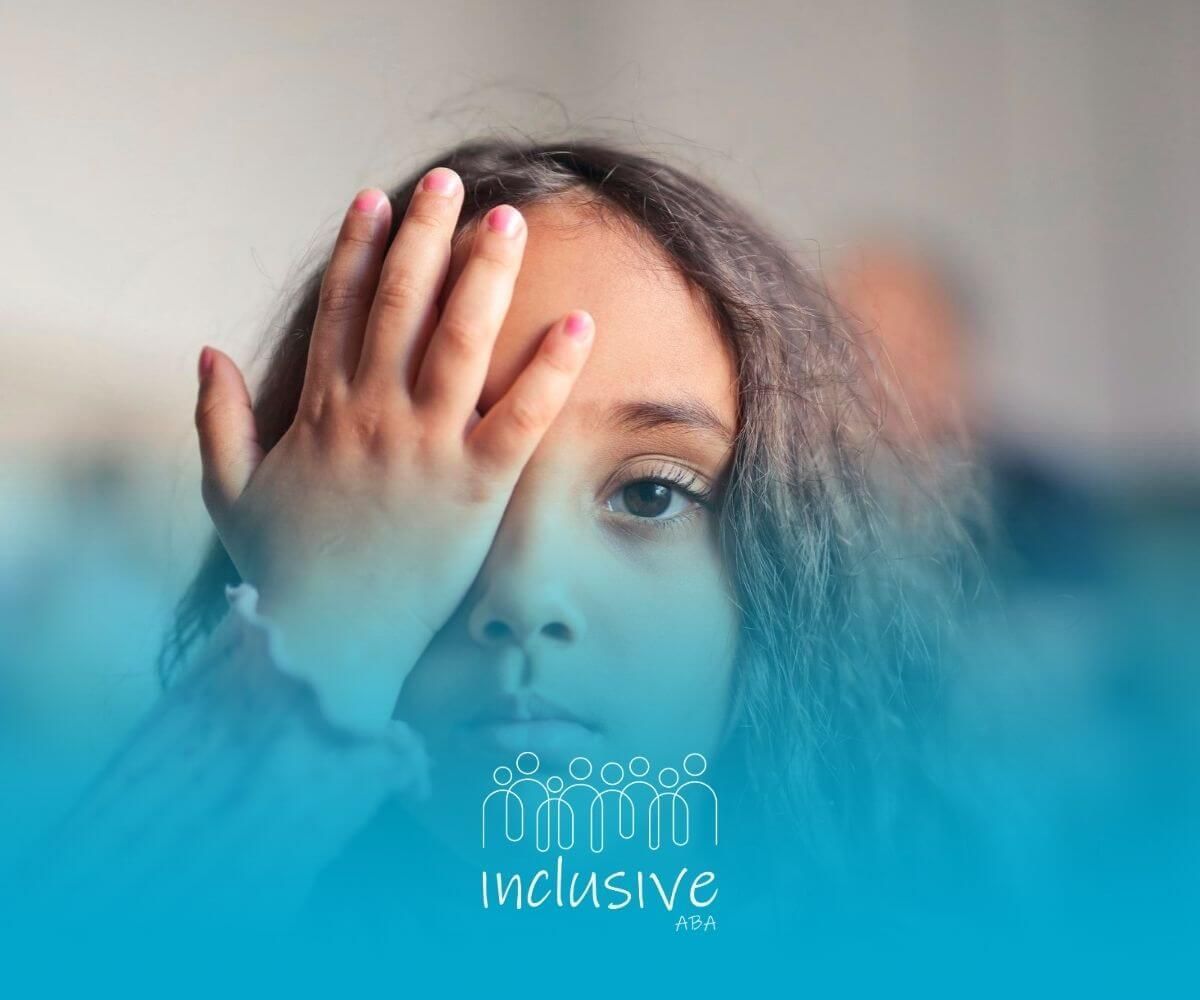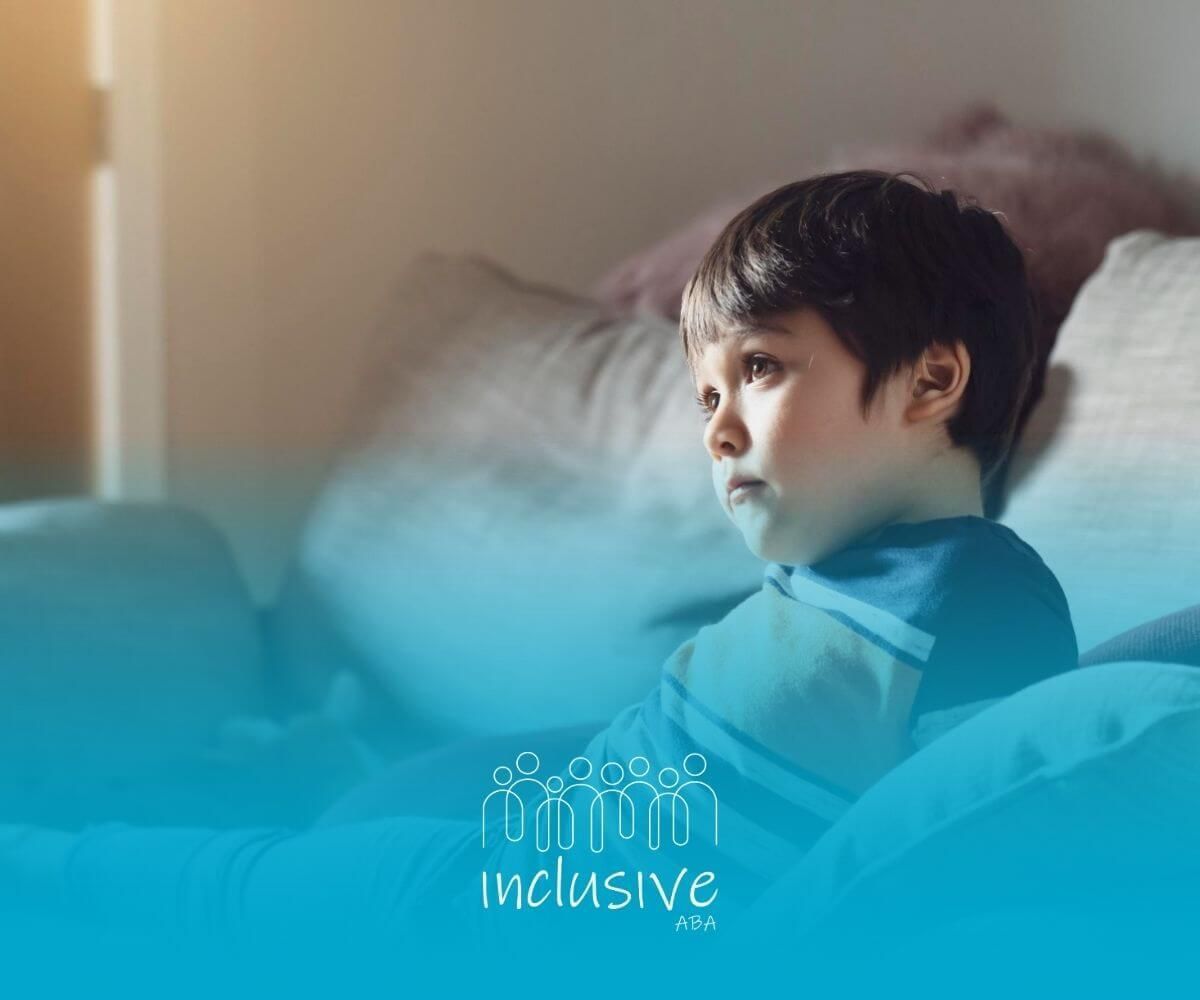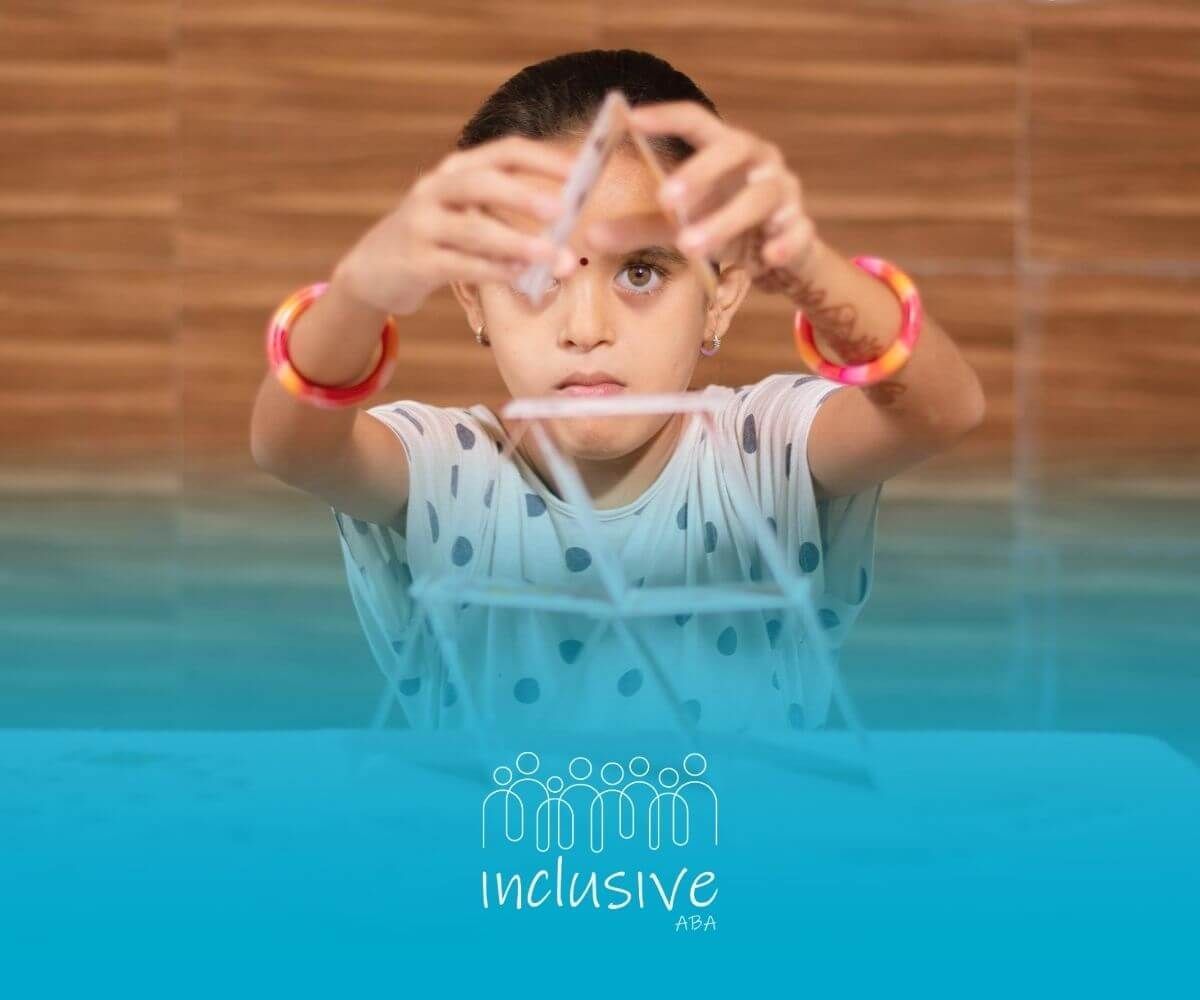The Truth About ABA: Is 30 Hours Too Much?
ABA therapy, which stands for Applied Behavior Analysis, is a well-known method that helps people with Autism Spectrum Disorder improve their lives and skills. It looks at behavior and uses careful techniques to develop positive behaviors, communication, and social skills. Many experts suggest 30 hours a week of intensive ABA programstherapy for serious treatment. However, parents often wonder if this amount of time is too much. This article will discuss the basics of ABA therapy, how the therapy hours are decided, and how an intensive schedule might affect a child's quality of life.
Understanding the Fundamentals of ABA Therapy
ABA therapy is a special approach that looks at how outside things affect behavior. It uses different methods to encourage positive change. By using rewards, ABA helps children learn important skills, handle challenging behaviors, and improve social interaction.
A big part of ABA is making treatment plans that fit each child's needs. These plans are designed to match their strengths and challenges. This way, therapy focuses on what each child needs to grow, allowing them to be more independent in the long run.
The therapy sessions can take place in different settings, like one-on-one, in groups, or at home. They include both structured and flexible activities based on the setting. Therapists track progress closely and collect data. This helps them see how well the child is doing and what needs to change for better results. By looking at both challenges and growth areas, ABA therapy encourages positive behaviors that are important for improving the child's quality of life.
What is ABA and How Does it Work?
ABA therapy uses principles from behavior analysis to change actions in people with Autism Spectrum Disorder. A certified therapist looks at how different settings affect a child’s behavior. They create a treatment plan that focuses on improvements now and in the future.
Key methods in ABA include watching behavior patterns, applying early intervention strategies, and using regular reinforcement. Rewards help promote positive behavior. This encourages children to repeat good actions in therapy and their daily lives. Sessions can include learning tasks, fun play, or group activities all aimed at specific growth goals.
By adjusting to the child's progress and changing behaviors, ABA therapy makes sure improvements can be measured. The treatment is flexible with data collection and regular evaluations. Therapists consider the child’s unique reactions and learning ways. They offer tools to help overcome challenges and build independence, ensuring the best results.
Core Objectives of ABA Therapy for Autism
ABA therapy focuses on each person's needs to make sure they reach their full potential and make real progress. The goal of ABA therapy is to improve important behaviors. These include communication, social interaction, and self-management skills, which are key for living independently.
Each child's treatment plan looks at their unique developmental needs with organized methods. ABA teaches basic skills. This includes building positive behaviors and adapting to different settings. Goals like developing social skills, controlling emotions, and managing reactions to stimuli are very important.
Also, ABA aims to improve the child's overall quality of life. Working on short-term goals and long-term goals helps children face bigger challenges. It prepares them for more independence. Therapists work together with family members to align their methods. This makes the improvements important and useful for the child's everyday life. Overall, the therapy focuses on specific goals while also caring for the child's well-being.
Assessing the Need for Extensive ABA Hours
The suggested hours of therapy for ABA therapy depend on each person’s needs. Intensive therapy can involve 30 hours of therapy or more each week. This amount is based on studies showing that starting early helps with developmental delays.
Still, long hours are not always necessary. The child’s age, how serious their symptoms are, and family情况 can affect whether more hours are best. If the child is not making sufficient progress, it is important to balance therapy with the child’s social and family events. This way, the schedule is easy to follow and still supports their development.
Historical Background of the 30-Hour Recommendation
The idea of 30 hours of ABA therapy comes from important studies done by Dr. Ivar Lovaas during the mid-20th century. He created "Early Intensive Behavioral Intervention" (EIBI) and showed that longer therapy helps key areas like communication and behavior get better.
Lovaas found that intensive ABA sessions, lasting about 30-40 hours a week, brought big changes. They helped young children develop skills similar to their neurotypical friends. This model stressed the need for structured learning experiences aimed at each child’s unique needs.
Over the years, some experts have questioned the ethics of certain methods used in past studies. Still, the main idea that early and ongoing help leads to real growth is still very important. The current ABA approach combines these insights with a focus that can change as needed, keeping the child’s physical and emotional health as a priority.
Current Views on Optimal ABA Therapy Duration
Today, figuring out ABA therapy hours involves teamwork. It includes certified behavior analysts, how individuals progress, and what families need. Research shows that having weekly schedules is important, but new guidelines focus more on being flexible.
Practice guidelines suggest that personal assessments are better than sticking strictly to a 30-hour model. They look at factors like development milestones, other conditions, and signs of stress to recommend the best therapy hours. If the data shows good progress or signs of stress, changes are made.
Certified behavior analysts use their clinical knowledge along with research observations to set how intense the therapy should be. They take family opinions seriously while using research-based advice to help children grow in a comfortable way. This approach aims for great results without putting too much pressure on the child.
Pros and Cons of Intensive ABA Therapy
Intensive ABA therapy has great benefits, especially during the early years. It helps kids learn skills faster. They also show improvements in communication, self-control, and daily behaviors. Still, there are worries about too much therapy. This can affect the child’s interest, family time, and feelings.
While these intensive sessions help kids grow, it’s important to find the right balance. This means matching therapy hours with what the child needs and keeping a healthy lifestyle. Open communication between therapists and families is key. This helps make sure therapy schedules meet goals for progress and overall well-being.
Advantages of a Rigorous ABA Schedule
A regular ABA schedule can greatly improve treatment plans for kids with autism spectrum disorder. Having frequent therapy sessions helps create a consistent way to analyze behavior. This often leads to children learning new skills faster. During these sessions, they get many chances to practice social skills in different various settings. This practice can lead to better functional independence in everyday tasks. Also, this kind of focused approach can quickly deal with challenging behaviors, which helps provide a better quality of life for both the child and their family.
Potential Drawbacks and Parental Concerns
Intensive ABA therapy can have some drawbacks. Children might feel tired or burned out because of long hours. Parents often worry about the emotional stress these sessions can bring. They fear it might stop their kids from having natural play and relaxation, which are important for growing social skills. Also, the sameness of the sessions can make repetitive behaviors hard to change. This Some children may achieve similar results with fewer hours, which can limit the fun and spontaneity needed to understand social interactions better. It is very important to have open communication with the ABA therapist. This helps to share concerns and makes sure the child's well-being stays a top priority.
Customizing ABA Therapy to Individual Needs
Tailoring ABA therapy to meet the unique specific needs of each child is important for getting the best outcomes. This customization starts with a thorough assessment by a certified behavior analyst. This person can find the child’s specific behaviors and therapy goals. Flexibility plays a key role. It allows changes in therapy hours based on how well the child is doing and any signs of stress. By keeping open communication, parents can work with therapists to improve social skills and encourage functional independence. This helps ensure that therapy stays effective and supportive during the entire process.
Factors to Consider When Setting ABA Hours
Many things affect the best number of therapy hours ABA for a child. First, look at the severity of symptoms. Children with bigger challenges may need a more intense treatment plan. The child’s age is important too. Younger children often need more frequent sessions to learn basic skills. Plus, regular assessments by certified behavior analysts make sure therapy matches the child's progress. This helps achieve good results and keeps the number of therapy hours from being too much. Open communication with families is key to balancing therapy hours and keeping family life enjoyable.
Adapting Therapy Plans According to Child's Progress
Adjusting therapy plans is very important for getting the best results in ABA therapy. Routine assessments help behavior analysts spot specific behaviors that need more attention or changes. When children reach their goals and show significant progress, it's essential to update the treatment plan. This keeps them interested and helps them continue to develop new skills. Using family feedback and keeping open communication also improves therapy hours. This makes sure the therapy fits the unique needs of each child, promoting functional independence and a better quality of life.
Signs and Solutions for ABA Overload
Recognizing signs of stress in children receiving ABA therapy is very important. Changes in behavior like more meltdowns, withdrawing, or resisting therapy can show that the current schedule is too much. Parents and therapists need to talk regularly. This helps them check how the child is feeling emotionally and physically.
Some solutions include changing therapy hours, adding regular breaks, and changing environments. These actions can relieve stress and encourage involvement. Adjusting the therapy intensity to fit what each child needs can lead to significant progress and a better quality of life.
Identifying Overwhelm in Children Undergoing ABA
Recognizing signs of overwhelm in children who are in ABA therapy is very important for good treatment. Common signs are increased anxiety, changes in behavior, and trouble concentrating during sessions. Children may act out more or show signs of stress, like crying or withdrawing. These reactions can affect how well they engage with the therapy and the success of the treatment plan. It is essential to talk with the child's therapist. This helps to understand what triggers these feelings and to change the therapy intensity if needed. Noticing these signs early can lead to better results. It helps to keep a balance that supports the child’s emotional well-being and progress.
Strategies for Adjusting Therapy Schedules
Flexibility in ABA therapy schedules can really affect how well a child does in treatment. Regularly checking how engaged a child is and how they are progressing helps parents and behavior analysts make sessions fit their individual needs. Taking breaks between intensive therapy hours can reduce signs of stress and avoid burnout. It is very important to have open communication between the child's therapist and family members. This helps keep changes in line with therapy goals. Also, adding chances for skill development in everyday tasks can improve a child's learning and boost positive behaviors.
Transition and Maintenance Post-Intensive ABA
Transitioning from intensive ABA therapy needs careful planning. This helps keep the gains made during the sessions. You can start by slowly reducing therapy hours while still making progress. It’s important to adjust the treatment plan based on the child’s changing needs and behaviors. A thorough assessment of the child's adaptive skills and support systems can help create effective strategies. Ongoing communication with the ABA therapist is key. This supports monitoring development and tackling challenges. It also helps in changing goals. This way, skills can be smoothly integrated into daily life, leading to a better quality of life.
Scaling Down Therapy While Ensuring Continued Progress
Scaling back on therapy hours can be a good choice as children with autism spectrum disorder learn important skills. This change is often guided by certified behavior analysts. It helps kids use their new social skills in daily life. Keeping track of their progress is important, so ongoing assessments are needed to make sure therapy goals are met. Parents should talk openly with their child's therapist. This way, they can watch their behavior and make changes if needed. In the end, supporting functional independence while using positive reinforcement can help improve the child's quality of life.
Long-Term Strategies for Supporting Autistic Children
Sustaining progress for autistic children takes ongoing support, including a child’s therapist, that meets their changing needs. It’s important to have regular check-ins with behavior analysts. This helps adjust therapy goals as the child grows. Family routines that focus on social interaction also create a good place for skill development outside of therapy. Mixing therapeutic practices with everyday tasks helps the child become more independent. Paying attention to signs of stress or feeling overwhelmed allows for quick changes. This way, we can keep a balanced approach that focuses on quality of life and meaningful connections.
Conclusion
Deciding how much ABA therapy a an individual child should get depends on their unique needs and how they are doing. While focused ABA can bring big improvements in behavior and skills, finding the right balance is very important. Too many therapy hours might cause stress or overwhelm, which can reduce the benefits. Working together with certified behavior analysts and keeping open communication helps make sure that therapy plans meet personal goals. This can improve the quality of life for both the child and their family. Customizing therapy is essential to make it work best.
When considering ABA therapy for your child, the number of hours per week can be a big decision. At Inclusive ABA, we understand that every child is unique, and the key to success lies in a personalized approach. Whether you're wondering if 30 hours of therapy is too much or not enough, we provide expert guidance and tailored therapy plans that prioritize your child's individual needs. Our experienced team is dedicated to making sure your child receives the optimal level of support for progress and growth. Ready to explore how in-home ABA therapy can work best for your family? Reach out today and start your journey with us!
Frequently Asked Questions
How can I tell if the ABA session length is too long for my child?
Signs that an ABA session might be too long for your child are increased frustration, less engagement, or clear tiredness. Also, if your child has trouble remembering things or shows changes in behavior, this could mean it's time to make the session shorter for better results.
Is it possible to adjust the intensity of ABA sessions?
Yes, we can change the intensity of ABA sessions to fit a child's needs. This flexibility helps therapists and parents decide how often and how long the sessions should be. It makes sure the child gets the best support without feeling too stressed. This approach also helps with effective learning results.
What are the indicators of effective ABA therapy?
Effective signs of ABA therapy are clear improvements in communication, social skills, and daily activities. It's important to keep track of behavior changes and achievements regularly. Feedback from parents and teamwork with therapists are also good signs of the therapy's success. It shows that the therapy fits the personal goals of each person involved.
How often should we re-evaluate the ABA therapy plan?
Re-evaluating the ABA therapy plan should happen often. This usually takes place every six months or whenever it is needed. Doing this helps make sure the therapy meets the child’s changing needs and goals. It allows for adjustments based on how well the child is doing, any challenges they face, and changes in their situation.
Looking for Expert Help? We're Here for You!
Our compassionate and skilled team is devoted to enhancing your child's development through customized ABA therapy. Let us partner with you to create a supportive environment for your child's success.
Discover how we can help your family thrive with expert ABA therapy.
Related Posts







